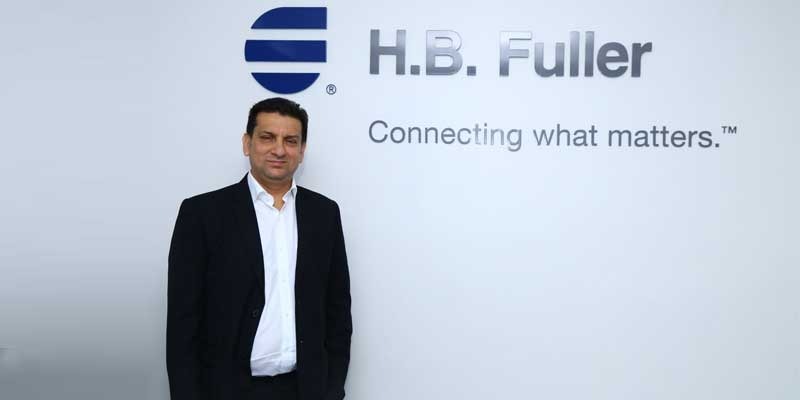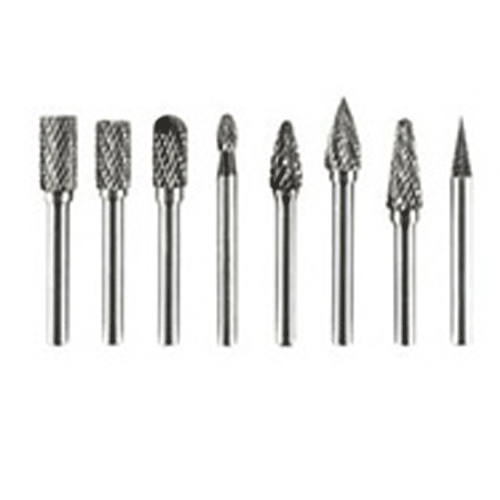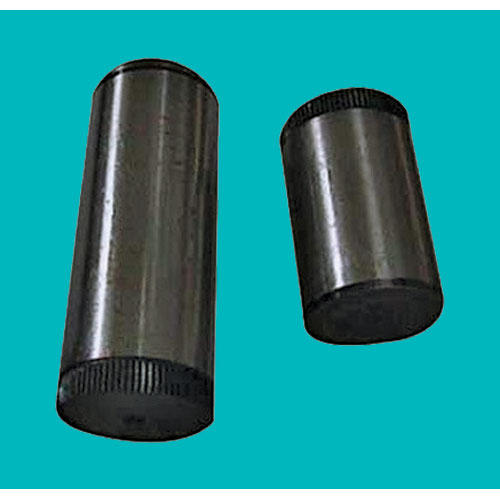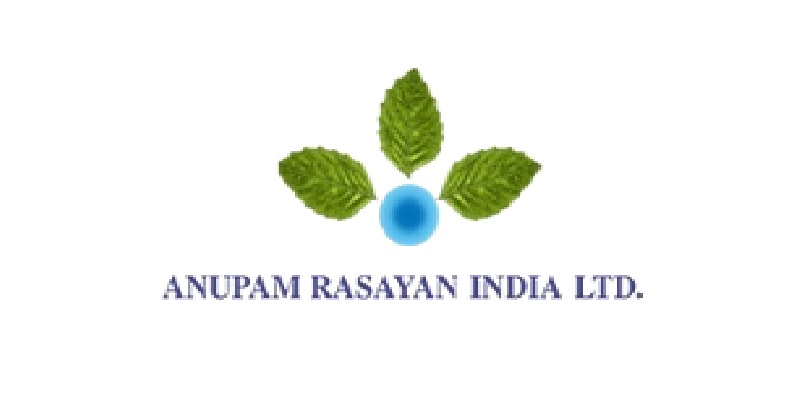Schedule a Call Back
Adhesives supporting smart cities and IoT are in high demand
 Industry News
Industry News- Sep 03,21

Increasing concern about environment and safety are driving adhesive players to develop high-performance bonding solutions. For 130-plus years, H.B. Fuller has been creating the right adhesives to support its customers’ changing needs, new product designs and environmental goals. In this interview with Rakesh Rao, Harsh Gupta, Managing Director for India, Middle East and Africa at H.B. Fuller, delves deeper into the chemistry of adhesives and shares some interesting trends.
Could you please give us an overview of adhesive solutions offered by your company? Are you seeing a recovery in 2021?ÂÂ
We’ve been making adhesives for 130-plus years, and we’re still passionate about making new things, teaming up with our customers and testing new applications. With over 10,000 solutions spanning more than 30 market segments, it has always been a priority to develop new technologies that allow us to contribute to a more sustainable future. No matter what, our scientists and engineers keep watching our markets to make sure we are creating the right adhesives that will support our customers’ responses to changing consumer demand, new product designs, upcoming regulatory and environmental goals.
As known, shifts in product demand have occurred over the past year due to the pandemic, which affected the adhesives industry overall. We have seen an uptick in consumable goods and the packaging used to protect them. Early in the pandemic, we also saw a slowdown or some erratic purchasing patterns in certain durable goods markets, such as automotive, aerospace, and electronics. Many of those industries are picking up again on top of strong demand for consumable products.
Something interesting that we saw was that alternative modes of transportation surfaced, such as the recreational vehicle (RV) market, while other modes of transportation, like passenger air travel, declined in 2020. We are already seeing signs that air travel will rebound and, at the same time, expect the RV market to continue to show strong growth through 2025.
The construction, electronics and new energy segments continue to be on an exceptional growth trajectory, as they did prior to the pandemic. For instance, we expect growth in these areas as well as across most of our engineering adhesives markets.
How is your company incorporating sustainability in manufacturing processes?ÂÂ
Our commitment to sustainability drives us to look for ways to minimize our company’s footprint through sustainable business practices and to enable our customers to achieve their sustainability goals. We support the UN Sustainable Development Goals and also, we are happy to report a continuous recognition by global, well-known, and independent experts, like Ecovadis and CDP, on our practices, achievements, and transparency across the supply chain. And, we recently conducted a materiality assessment in order to begin using the Global Reporting Initiative (GRI) framework.
Internally, we are focused on minimising the impact of our operations. We monitor our environmental footprint and continually innovate for improved sustainability in our products and manufacturing practices. Since establishing our sustainability goals, which include reductions in energy intensity, greenhouse gas emissions, waste creation, and water usage, we have driven a downward trend across each of these metrics.
Our growth agenda is a product of our sustainability commitment, which enables us to innovate on behalf of customers producing solar panels, electric vehicles, recyclable
and compostable packaging, hygiene products and energy efficient buildings, to name a few. Our products help customers save energy, reduce waste, and enable recycling and reuse. This is where we believe we can have the most impact.
Could you give some examples?ÂÂ
Often, we make our sustainability impact by extending the “mileage†of our adhesives, helping our customers use less adhesives, which manifests in both lower raw material consumption and lower energy cost in transportation. Additionally, we are helping customers move away from traditional materials and into more sustainable main components, like paper straws. We have been able to formulate greener adhesives that deliver on food compliance regulations and survive direct liquid contact. We also are working with manufacturers to replace or reduce packaging, such as plastic stretch wrap or cardboard trays. Our team has developed specific solutions for the adhesion of liquid cartons, bottles, and cans in multi-pack formation with small glue dots. Sprayable bonding adhesive, on the other hand, is part of our Construction Adhesives portfolio that enables more economically and environmentally sustainable buildings and products. The technology, which is approved for use in all VOC-regulated markets, allows commercial roofing contractors to increase the speed of installations, reduce labour requirements, and reduce costs.
Lastly, when it comes to bio-renewable or waste feedstock-derived adhesives, H.B. Fuller has found that adhesives with up to 50% bio content are currently the optimal solution for disposable diaper manufacturing. These hot-melt adhesives possess the desired mechanical and chemical properties across a wide range of substrates and can be applied using the same equipment used with traditional hot-melt adhesives.
And, we have just announced a few weeks ago our partnership with Covestro, a leader in polymer materials, to offer an adhesive with a reduced climate impact for the woodworking, composites, textiles and automotive industries. Covestro delivers a bio-attributed raw material via the mass balance approach, thereby saving fossil-raw materials and reducing the carbon footprint of the final product.ÂÂ
How are mega trends like globalisation and urbanisation driving the demand for adhesives?ÂÂ
The mega trends you mention are already part of our routine and impacting the way we live and work as well as challenging how products are designed, manufactured and consumed, including adhesives. Another one I would point out is digitalization. Advances in technology have certainly created opportunities for specialty materials companies like ours. From the use of robotic process automation in our back-office activities to advanced modelling in the design of new products to automation on our production lines, we are taking advantage of the latest technologies.ÂÂ
Overall, increasing environmental awareness of consumers and product ingredient’s transparency, concerns regarding food safety and the finitude of our planet resources, are driving adhesive players to develop high-performance bonding solutions for more demanding natural substrates and adhesives with increasing bio-based content be it for hygiene disposal articles or food and beverage packaging, which have registered a peak in demand due to then pandemic.
Since a growing percentage of purchases arrive at the consumer’s doorstep, companies must ensure their e-commerce packaging protects the contents and their brand image, while providing an environmentally friendly way to dispose of the packaging waste. Retailers are looking at fit-for-purpose, or right size, packaging options. They are either carrying different packaging sizes to better accommodate the items or investing in equipment that scans the item and create a custom packaging for it.ÂÂ
As in many other markets, climate action, demographic pressures and today’s organization and lifestyle around smart cities are changing construction processes and materials related to the energy performance of buildings and the need to contribute to greener communities at large. Whether it is creating fewer emissions while developing products, reducing the amount of waste used in construction materials, or saving energy with effective insulation and sealants, those are all increasing the demand for adhesives that aim to reduce our footprint in the world.
The electric revolution is here to stay and, while adhesives typically make up a very small percentage of electric vehicles (EV), they can be found in nearly every application and components that make the EV industry possible. EV designers often favor adhesives over mechanical fasteners in order to shed weight, as every gram impacts a vehicle’s range. Using automotive adhesives and sealants allows automakers to incorporate new materials that offer cost savings and performance improvements. But most importantly, adhesive bonds are many times more resistant to fatigue, contaminants, and corrosion than conventional fasteners, throughout the life of the products they fasten.
In the automotive sector, what kind of opportunities are you looking at? How geared up are you to tap these opportunities?
Automotive adhesives and sealants have continually driven innovation with solutions that offer increased vehicle and component durability, faster processing, and the design freedom manufacturers need to compete in today’s marketplace. Solutions have expanded their reach and evolved towards a lower emission adhesive, formulated to enable lightweight designs that foster energy efficiency, safety and sustainability, and help comply with the most current regulations and legislation.ÂÂ
Our focus for the Indian market includes our latest developments for interior trim and external lighting, which is particularly important for motorbikes or buses, to give examples. Our structural lamp bonding adhesives are based on one- and two-component reactive urethane systems that provide various benefits.ÂÂ
We come to the market with decades of experience in automotive and technology, leveraging our global manufacturing footprint and our world-class R&D capabilities. We are a reference portfolio in solvent and water-based polyurethane and strong in reactive hotmelt, 2-K PU and butyl for headlamp. On top, customers can count with our teams of regional and local expertise in all relevant geographies.ÂÂ
Any launches in the offing? If yes, could you please elaborate?ÂÂ
Our focus right now is to create smart materials and systems that significantly reduce costs, improve efficiency, and make products more sustainable by helping our customers do more with less. For that, innovation must be at the centre of everything we do and a key driver of our growth across all our business with the goal to improve our customers’ operations, product applications and finished goods. One thing is for sure, innovation does not occur in a vacuum, but at the interface of customers, equipment, substrate suppliers and our technical services. Our 38 state-of-the-art Technology Centres around the globe, combined with deep technical knowledge, creativity and customer problem-solving capabilities, are a pivotal competitive advantage for our company and a key driver to develop new solutions.
Could you please share with us some of the emerging trends in the adhesives market?
Trends depend significantly on the market segment you would like to know more about, but overall, and looking at the adhesive industry, we would point to sustainability goals as a major driver. More and more, consumers are demanding that product manufacturers reduce their environmental footprint and use fewer hazardous chemicals and substances of very high concern (SVHCs), and contribute to biodegradability and the use of renewable materials. When thinking about next generation adhesive solutions, the expectation is that adhesive makers will need to understand the full lifecycle - recyclability, bonding and de-bonding on demand and, at the end of every product life, use of renewable of bio-based raw materials, and alternative cure processes. Expectation is that materials need to be responsibly sourced, enhance energy efficiency, and enable recycling to create an efficient cradle to cradle loop and facilitate responsible innovation.
Reducing the overall amount of primary packaging materials – particularly plastic but also cardboard – is one demand of today’s end consumers. Therefore, other examples of where we are applying problem-solving are to apply the absolute necessary amount of adhesives needed to help create packaging that meet the “always fit-for-purpose†rule and consume fewer resources.
Adhesives that support smart cities and the internet of things are in high demand as they are part of the many home appliances or the vehicles we use today, to give just an example.
In India, how is your company serving its customers? Which industries are driving demand for adhesives at present?ÂÂ
At H.B. Fuller, our focus on innovation drives how we think about our customers’ needs, act on new ideas and deliver value year after year to our customers’ products and processes and their customers’ lives. Our adhesive solutions are an integral part of nearly every kind of finished goods in the marketplace – from electronics devices and building materials to packaging and filters – and so much more. Working closely with our commercial teams based across India and our technology experts in Shirwal, located about 65 km south of Pune, we are helping customers create new solutions to their adhesion challenges in a fast and meaningful way.
Spanning 5,000 square feet, our India Technology Centre features dedicated areas to conduct experiments, run demonstrations, and train customers to use our hot melt, water-based, anaerobic and cyanoacrylate technologies. Its proximity to the production floor also increases collaboration between our R&D and manufacturing teams.
In India, we are providing innovative adhesive solutions to many industries like food and beverage, graphic arts, hygiene and non-woven, packaging makers, woodworking and building and construction to name just few. Worth to note that we have seen rapid growth in e-commerce and packaging makers sector in recent times.
What are your growth plans for adhesives business - globally and in India? What are your expectations for 2021?ÂÂ
Changes we made to our organizational structure, the investments we made in technology and innovation, the agility of our operations, and our team’s growth mindset give us confidence that H.B. Fuller will effectively execute our strategy in 2021 and beyond, and continue to build on our strong global performance and also in India.
A key focus for us at H.B. Fuller, regardless of market conditions, is to ensure supply for our customers. Due to several proactive steps that we have taken over the past several years, we are able to get raw materials even when supply is tight. Our team has done a remarkable job of supporting customers through supply shortages by working closely to manage inventories and available materials. Our contracted positions with our suppliers, backward integration of key polymers, and global breadth have helped us manage the supply crisis thus far.
The breadth of our adhesive chemistry and the diversity of our raw materials has meant that no single material has had a large impact and has enabled us to help customers find alternatives when short supply exists. The near-term disruptions we are navigating are considerable, but they are temporary, and supply is expected to normalize to a more balanced level in the coming months.
Also, we are investing in implementing intelligent automation tools ranging from simple workflows to robotics to machine learning and artificial intelligence to help streamline many of our manual business tasks. By leveraging intelligent automation, we will be able to shift our employees’ focus toward higher value tasks, achieve faster process speeds, reduce error rates, reduce cost, and improve efficiency.
Related Stories

Tenneco India Posts Strong Q2 and H1 Growth in FY2026
Automotive supplier reports above-market VAR growth and robust order wins recently.
Read more
Knauf India doubles capacity with new metal line at Khushkhera plant
The increased production capacity is expected to improve the company’s ability to meet rising domestic demand and support a wider portfolio of drywall and ceiling solutions.
Read more
Jindal Stainless Posts DJSI ESG Score of 78, Ranking among Top Global Steel Players
Jindal Stainless has achieved an ESG score of 78 in the DJSI Corporate Sustainability Assessment for FY25.
Read moreRelated Products

Carbide Burrs
SRT Industrial Tools & Equipments offers a wide range of carbide burrs.

Jamshedji Soil Compactor
Jamshedji Constro Equip Pvt Ltd offers a wide range of jamshedji soil compactor.

Ground Pins
Hans Machineries Private Limited offers a wide range of pins, hardened & ground. Read more















